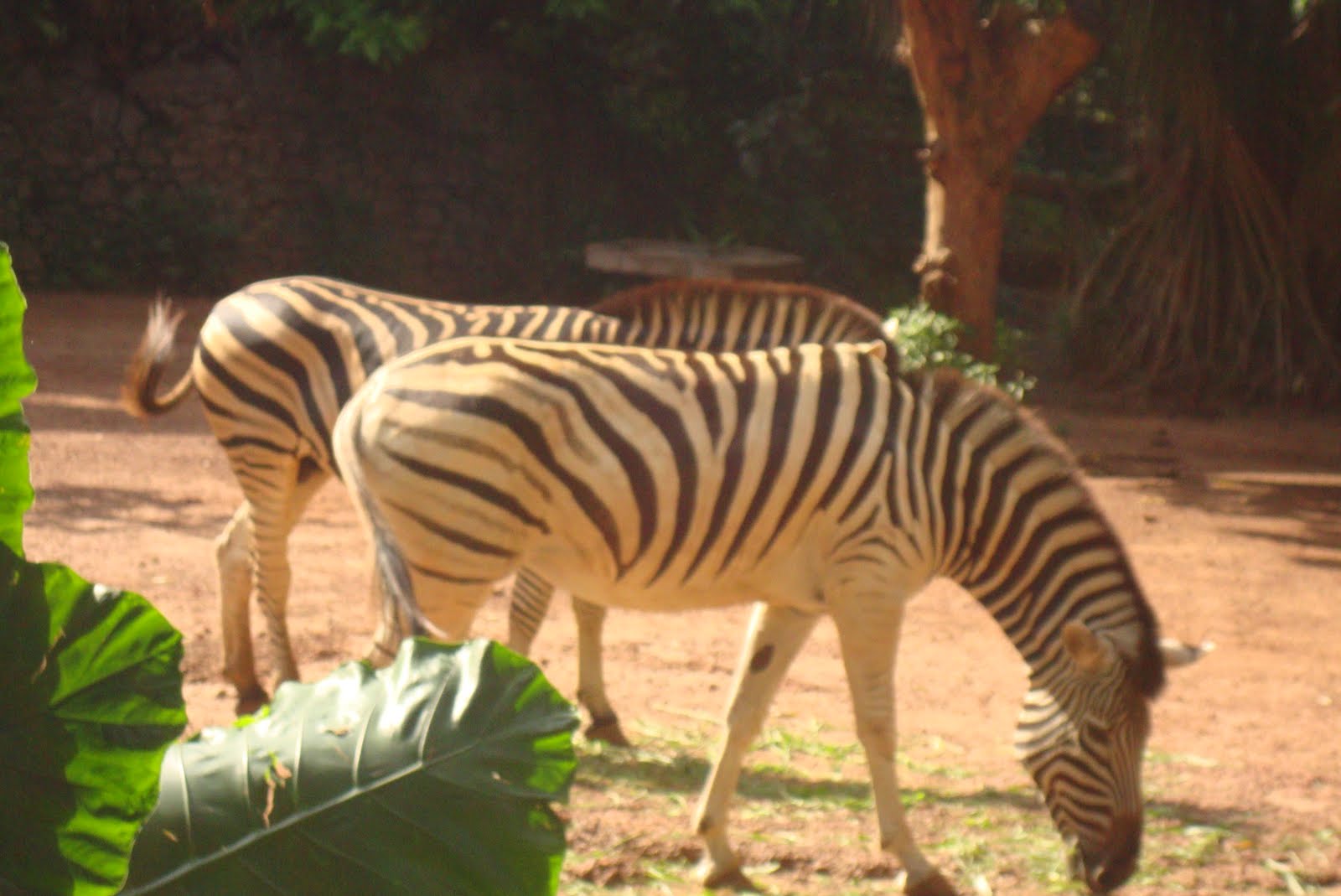Their are 2 subspecies in the country: Elephus maximus maximus (the Ceylon elephant) and Elephus maximus vilaliya (the Ceylon marsh elephant) and both are listed as endangered. It is estimated that there are perhaps 2500 wild elephants in the country now, as opposed to over 12,000 in 1900. Most live in 7 of the 10 major national parks. Wild elephants that venture into farmlands can sometimes be transported to the parks to live.
Saturday, January 15, 2011
Wednesday, January 12, 2011
Elephant: Sri Lanka has an elephant population about 2,500 - 3,000, which is quite large considering the area of the island. As such, the chances of sighting this enormous herbivore is quite high. Elephants are best seen in the Yala National Park, 309 kms south of Colombo; Uda Walawe, 170 kms from Colombo and Gal Oya National Park at Inginiyagala, 314 kms from Colombo. Besides, there is also an orphanage for elephants at Pinnawela, 90 kms from Colombo.The Adventures of Sherlock Holmes
Friday, January 7, 2011
Thursday, January 6, 2011
Saturday, December 18, 2010
Endemic Birds of Sri Lanka
Sri Lanka is a birds paradise with 435 resident species. There are 26 endemic birds. Most of them are found in the wet zone. The winter migrants come from distant Siberia and western Europe. The reservoirs attract vast number of water birds. The forests attract many other species. There are many birds sanctuaries across the little island 270 km by 140 km in size.
- Kumana is situated in east Coast, Bundala, Kalamatiya are is in the southern coast, Sinharaja Rain Forest
- , Udawatta Kale,
- Bellanwila, Muthurajawela, Minneriya, Kitulgala and Minipe are other important Bird watching locations
In additions you can see birds through out the country in pockets of forests, lakes, lagoons and river sides during your travel.
Subscribe to:
Comments (Atom)


